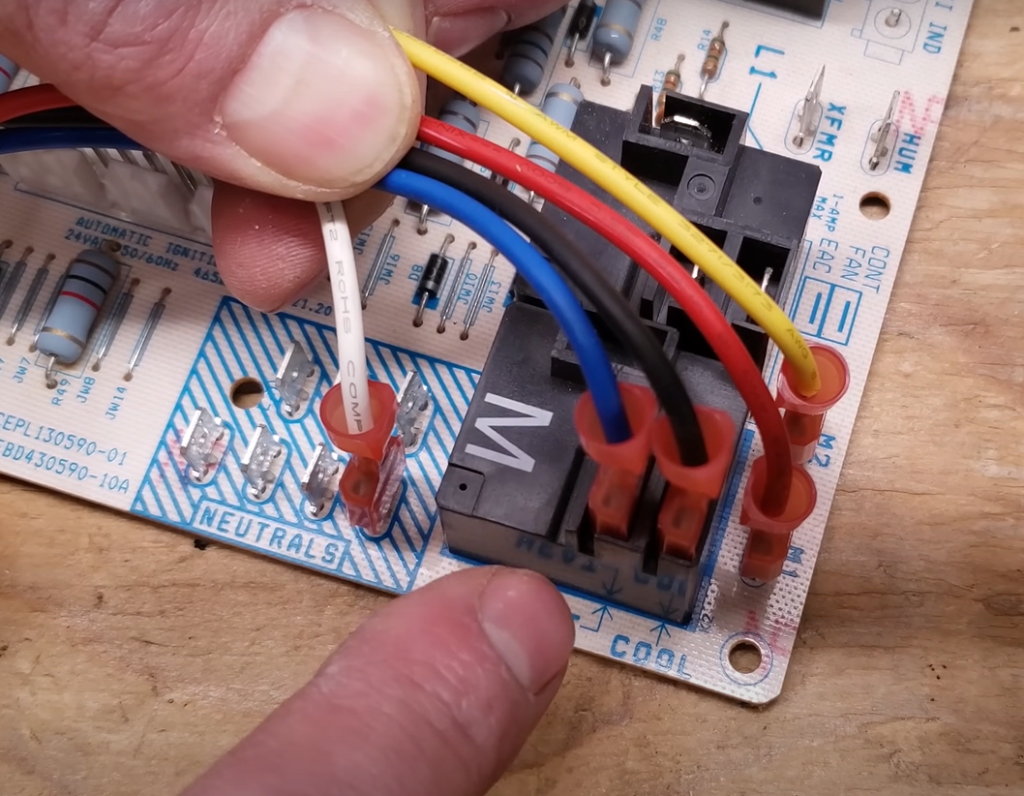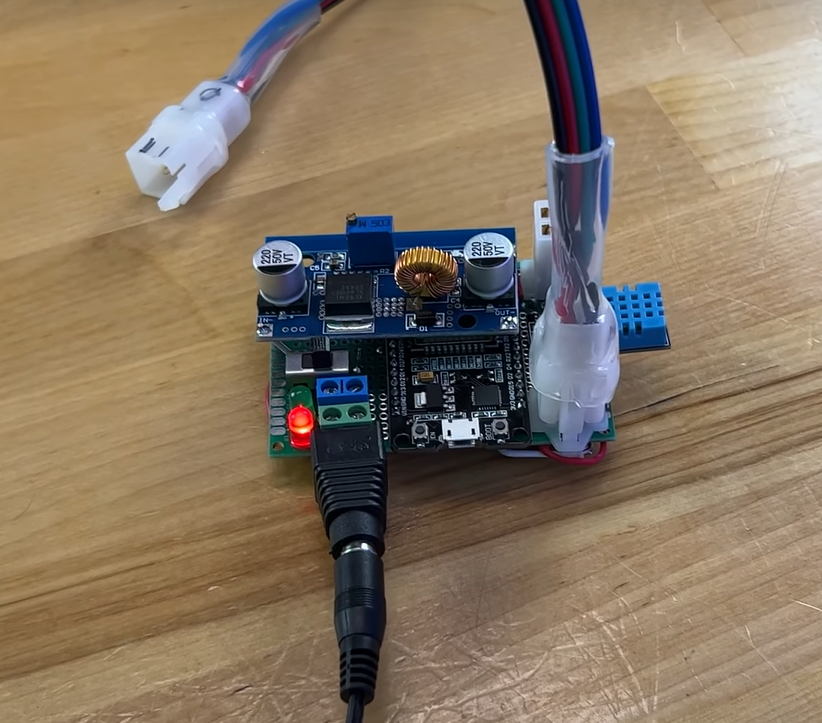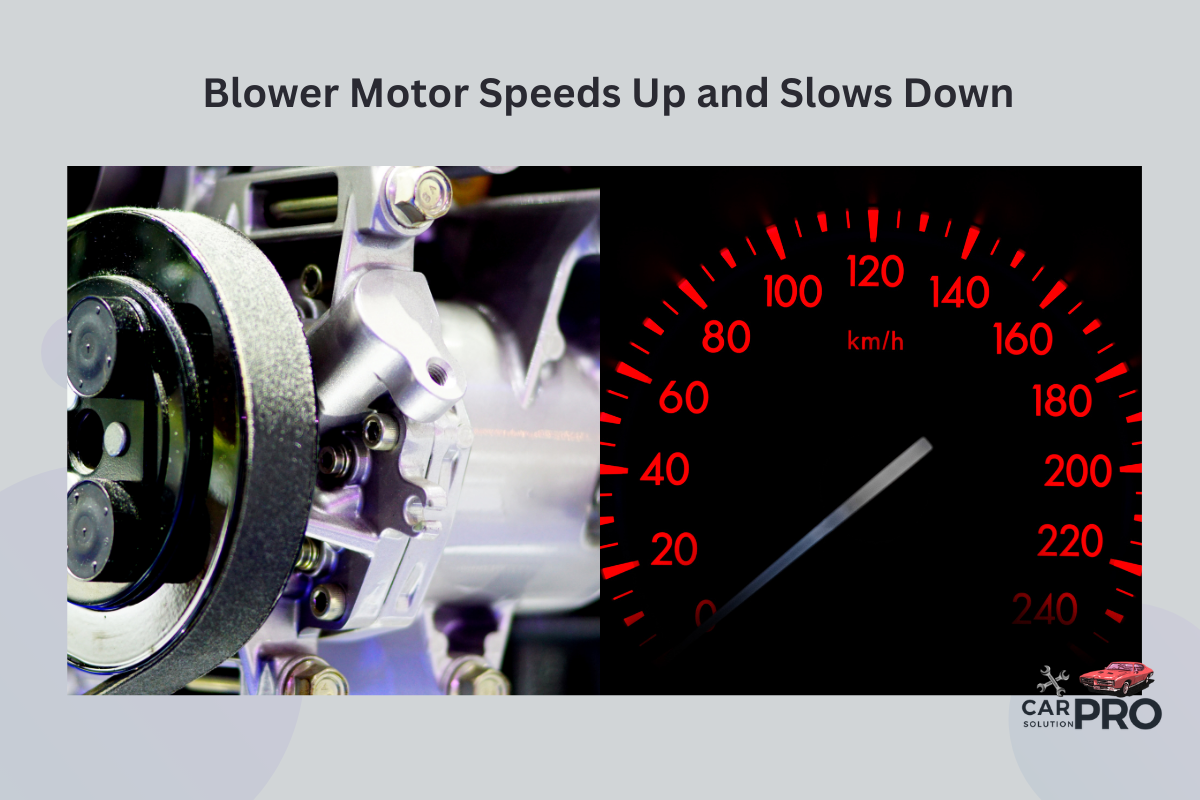Is your car’s blower motor acting up? You’re not alone. Many drivers face the frustrating issue of a blower motor that speeds up and slows down unexpectedly. This problem can make it hard to maintain a comfortable temperature in your vehicle.
A blower motor that speeds up and slows down is often caused by a worn-out motor, faulty resistor, or electrical issues. These parts control the fan speed in your car’s heating and cooling system. When they start to fail, the airflow becomes inconsistent, leading to an uncomfortable driving experience.
Fixing this issue is important for your comfort and your car’s overall health. A properly working blower motor helps maintain good air circulation, which is key for defrosting windows and keeping the cabin temperature steady. Let’s explore the common causes and solutions for this pesky problem.
Key Takeaways
- Blower motor speed fluctuations can be caused by worn-out parts or electrical problems
- Regular maintenance can help prevent blower motor issues
- Professional diagnosis may be needed for complex blower motor problems
Overview of Blower Motor Function
Blower motors are essential components in HVAC systems. They circulate air throughout buildings and vehicles, maintaining comfortable temperatures and air quality.
Role in HVAC Systems
Blower motors push air through ducts and vents in heating and cooling systems. They work with other parts like the evaporator and condenser to control indoor climate. In cars, blower motors send air through dashboard vents.
The motor’s speed affects airflow strength. Higher speeds move more air quickly. Lower speeds provide gentler airflow. Most systems allow users to adjust blower speed for comfort.
Blower motors also help filter air. As they pull air in, it passes through filters to remove dust and particles. This improves indoor air quality.
Common Types of Blower Motors
Two main types of blower motors are used in HVAC systems:
Single-speed motors: Run at one set speed when turned on. Simple and low-cost option.
Variable-speed motors: Can operate at different speeds. More energy-efficient and provide better temperature control.
Car blower motors may be brushed or brushless. Brushed motors use carbon brushes and are less expensive. Brushless motors last longer and run more quietly.
Some newer systems use electronically commutated motors (ECMs). These are very efficient and offer precise speed control.
Symptoms of Variable Speeds in Blower Motors

Blower motors that speed up and slow down unexpectedly can cause noticeable issues. These symptoms often point to underlying problems that may affect your HVAC system’s performance and efficiency.
Identifying Inconsistent Airflow
A key sign of variable speed issues is uneven airflow from vents. You might notice the air blowing strongly one minute, then weakly the next. This oscillation between fast and slow speeds can happen every few seconds or minutes.
Listen for changes in fan noise. The sound may rise and fall as the motor struggles to maintain a steady speed. This irregular pattern differs from normal operation where speed changes are gradual and purposeful.
Check for temperature fluctuations in different rooms. Inconsistent airflow can lead to some areas feeling too warm or too cool compared to others.
Potential Impact on Comfort and Efficiency
Unpredictable blower speeds can significantly affect your home’s comfort. Rooms may feel stuffy when airflow decreases, then suddenly drafty when it increases.
Your HVAC system’s efficiency may suffer. The motor uses more energy when frequently changing speeds, potentially increasing electricity bills.
Humidity control can become problematic. Proper dehumidification requires consistent airflow. Variable speeds may lead to clammy or dry air depending on the current motor speed.
System components may wear out faster due to the stress of constant speed changes. This could lead to more frequent repairs or early replacement of parts.
Diagnosing the Cause of Speed Fluctuations
When a blower motor speeds up and slows down unexpectedly, several factors could be at play. The issue may stem from electrical problems, motor control mechanisms, or issues with the HVAC system’s sensors and thermostats.
Electrical Issues and Connections
Faulty wiring or loose connections can cause blower motor speed fluctuations. Check the wiring harness and connectors for signs of damage or corrosion. Look for:
• Frayed or exposed wires
• Loose terminals
• Corroded connectors
If you find any of these issues, repair or replace the affected parts. A worn out motor can also lead to speed fluctuations. Test the motor’s resistance with a multimeter to determine if it needs replacement.
Inspect the blower motor fuse and relay. A partially blown fuse or faulty relay can cause intermittent power supply, resulting in speed changes.
Motor Control Mechanisms
The blower motor resistor regulates fan speeds. A failing resistor can cause erratic speed changes. Signs of a bad resistor include:
• Only certain fan speeds work
• Fan only runs at highest speed
• Burning smell from the dash
Test the resistor with a multimeter. If it’s faulty, replace it to restore proper speed control.
Some vehicles use electronic control modules for fan speed. These can malfunction, causing speed fluctuations. Diagnostic trouble codes (DTCs) can help identify module issues.
HVAC System Sensors and Thermostats

HVAC sensors and thermostats play a crucial role in regulating blower motor speed. A faulty temperature sensor may cause the system to misread cabin temperature, leading to unnecessary speed adjustments.
Check for:
• Dirty or obstructed sensors
• Damaged wiring to sensors
• Malfunctioning thermostats
Clean any dirty sensors and replace damaged ones. Reprogramming the ECM may sometimes fix blower speed control issues in certain vehicle models.
If the blower speed fluctuates mainly during acceleration, it could indicate a problem with the vehicle’s charging system. Have the alternator and battery tested to rule out electrical system issues.
Troubleshooting Steps
When a blower motor speeds up and slows down, several steps can help pinpoint the issue. These steps involve careful inspection, testing key components, and fine-tuning the system.
Initial Inspection and Safety Precautions
Start by turning off power to the HVAC system at the circuit breaker. This ensures safety during inspection. Put on gloves and safety glasses for protection.
Check for loose wires or visible damage to the blower motor. Look for signs of overheating, such as burnt smells or discoloration.
Inspect the air filter. A clogged filter can cause airflow problems. Replace it if dirty.
Examine the blower wheel for debris or damage. Clean it gently with a brush if needed.
Component Testing
Use a multimeter to test the voltage at the control board. It should read 120 volts.
Check the capacitor. A faulty capacitor can cause speed fluctuations. Test it with a capacitor tester.
Inspect the control board for burnt spots or swollen components. These may indicate electrical issues.
Test the blower motor’s windings for continuity. Disconnect the motor and use a multimeter. If there’s no continuity, the motor may need replacement.
System Calibration
Clean all electrical connections with electrical contact cleaner. Loose or dirty connections can cause erratic behavior.
Check the thermostat settings. Ensure it’s not set to cycle the fan on and off rapidly.
Verify the blower speed settings. Adjust them if necessary to match the system’s requirements.
For variable-speed motors, check the control module. It may need reprogramming or replacement if malfunctioning.
Lubricate the blower motor bearings if they’re not sealed. Use a few drops of lightweight oil in designated ports.
Preventative Measures and Maintenance
Taking care of your blower motor can help prevent speed fluctuations. Regular upkeep and expert servicing are key to keeping your system running smoothly.
Regular Cleaning and Care
Clean air filters are vital for blower motor health. Replace or clean filters every 1-3 months, depending on use. This keeps dust and debris from clogging the system.
Vacuum vents and ducts yearly to remove buildup. This helps air flow freely and reduces strain on the motor.
Check the blower wheel for dirt or damage. A clean wheel spins more easily, reducing wear on the motor.
Lubricate motor bearings if needed. Some newer motors are sealed and don’t require this step. Check your manual to be sure.
Keep the area around your HVAC unit clear. Good airflow helps the system work better.
Professional Servicing Recommendations
Schedule yearly checkups with a qualified HVAC tech. They can spot issues before they become big problems.
Pros will test voltage and amperage to the blower motor. This catches electrical issues early.
They’ll inspect the blower motor resistor. A faulty resistor can cause speed problems.
Techs check belts and pulleys for wear. Loose or worn parts can affect motor speed.
They’ll clean hard-to-reach parts of the system. This includes the blower housing and wheel.
Ask about upgrading to a variable-speed motor. These are more efficient and less prone to speed issues.
Frequently Asked Questions
Blower motor speed issues can stem from various causes. The following questions address common concerns about fluctuating speeds in furnaces, car AC systems, and other electric blower motors.
What causes a furnace blower motor to vary in speed?
A furnace blower motor may vary in speed due to a worn out motor. Over time, the motor’s components can degrade, leading to inconsistent performance. Electrical problems or a faulty control board can also cause speed fluctuations.
Why does my car’s AC blower motor change speed while accelerating?
A car’s AC blower motor speed changes during acceleration can indicate a malfunctioning blower motor. This issue may arise from a weak battery or alternator failing to provide consistent power to the motor. Loose wiring connections can also cause this problem.
What might be the reason for an electric blower motor to not maintain constant speed?
An electric blower motor may fail to maintain constant speed due to worn bearings or brushes. Dirt and debris accumulation inside the motor can also interfere with its ability to run at a steady pace.
How can a blower motor resistor affect the speed of the motor?
A faulty blower motor resistor can cause erratic speed changes. The resistor regulates the electrical current flowing to the motor. When it malfunctions, it can send inconsistent voltage, resulting in speed fluctuations.
Why isn’t my blower motor running at full speed consistently?
A blower motor may not run at full speed consistently due to a clogged air filter. A dirty filter restricts airflow, causing the motor to work harder and potentially overheat. This can lead to reduced performance and inconsistent speeds.
What could be causing my AC fan to intermittently slow down and speed up?
An AC fan that intermittently slows down and speeds up may have a worn out motor. Electrical issues, such as loose connections or a failing capacitor, can also cause this behavior. In some cases, a malfunctioning thermostat may send incorrect signals to the fan.


